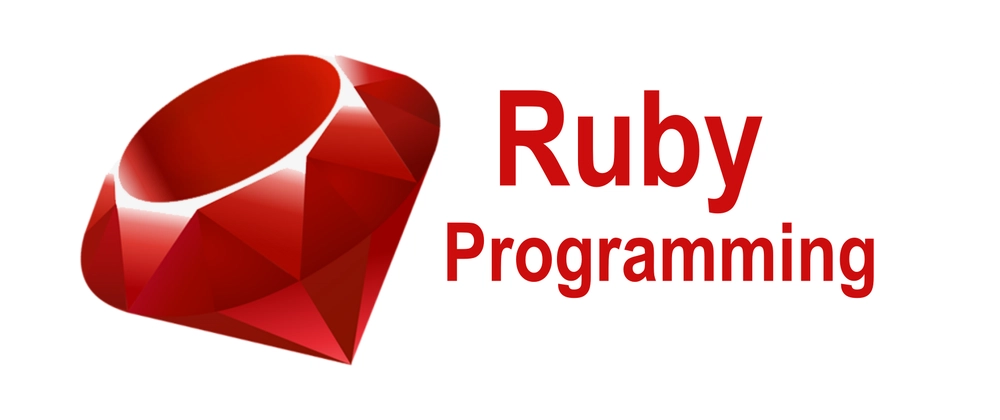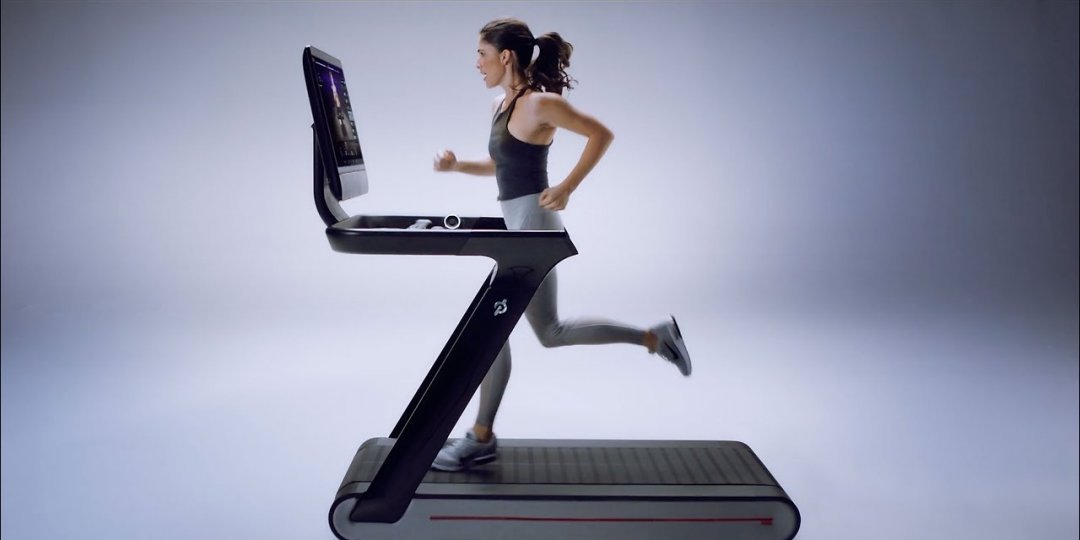Video Editing Guides For Beginning

Sure! Let’s break it down carefully and fully, especially if you’re just getting into video editing. I’ll cover:
-
Core features of video editing
-
Important tools/software to know
-
A beginner-friendly "how to start" guide
-
Some extra tips to grow faster
Video Editing: Core Features
When you edit videos, you're working with these basic operations:
| Feature | What It Means | Example |
|---|---|---|
| Cutting | Trimming unwanted parts | Cutting out awkward pauses in an interview |
| Joining (Merging) | Combining clips together | Making a travel montage |
| Transitions | Smooth movements from one clip to another | Fade-in, fade-out between scenes |
| Color Correction | Adjusting colors, brightness, contrast | Making a dull video look more vibrant |
| Audio Editing | Adjusting sound/music/voiceover levels | Lowering background noise, adding music |
| Text and Titles | Adding text overlays, captions | Putting your name in the intro |
| Effects and Filters | Adding visual effects | Slow motion, glitch effects, etc. |
| Exporting | Finalizing the video file | Saving for YouTube, Instagram, etc. |
Essential Tools and Software
Depending on your device (PC, Mac, Mobile), there are different choices:
| Level | Popular Software | Notes |
|---|---|---|
| Beginner | CapCut, iMovie, Clipchamp | Free, simple, good to learn |
| Intermediate | DaVinci Resolve, Adobe Premiere Elements | More features, but still manageable |
| Professional | Adobe Premiere Pro, Final Cut Pro, Avid Media Composer | High-end, industry standard |
Some bonus tools:
-
Canva – for simple video ads or intros
-
Audacity – for deeper audio editing
-
After Effects – for advanced animations and effects (later!)
How to Start Video Editing: Step-by-Step
Let’s pretend you want to edit your first short video for YouTube or Instagram. Here's a simple beginner path:
1. Choose Your Software
Pick a beginner tool like CapCut (free) or DaVinci Resolve (free but professional-level).
2. Gather Your Materials
Get your raw video clips, background music, any images, logos, or text you want to add.
3. Import the Footage
Open the software, create a "New Project," and import your files into the Media Library.
4. Start Editing
Drag clips onto the timeline and:
-
Cut parts you don’t need
-
Arrange the clips in order
-
Add transitions between clips if needed
-
Insert text (like titles or subtitles)
-
Balance audio (background music vs talking)
5. Basic Color and Sound Fixes
-
Brighten clips if too dark
-
Adjust volume levels so music doesn’t overpower voices
6. Export Your Video
When you're happy:
-
Choose your output settings (like 1080p HD)
-
Export to MP4 format for universal use.
Bonus Tips to Grow Faster
-
Start simple: First few videos = just practice clean cuts and clear storylines.
-
Learn basic keyboard shortcuts (like "S" to split clips).
-
Watch YouTube tutorials: Especially about the software you're using.
-
Study movies or ads: Notice how professional editors structure scenes.
-
Experiment! Try adding one new thing (like a transition or a filter) each new video.







